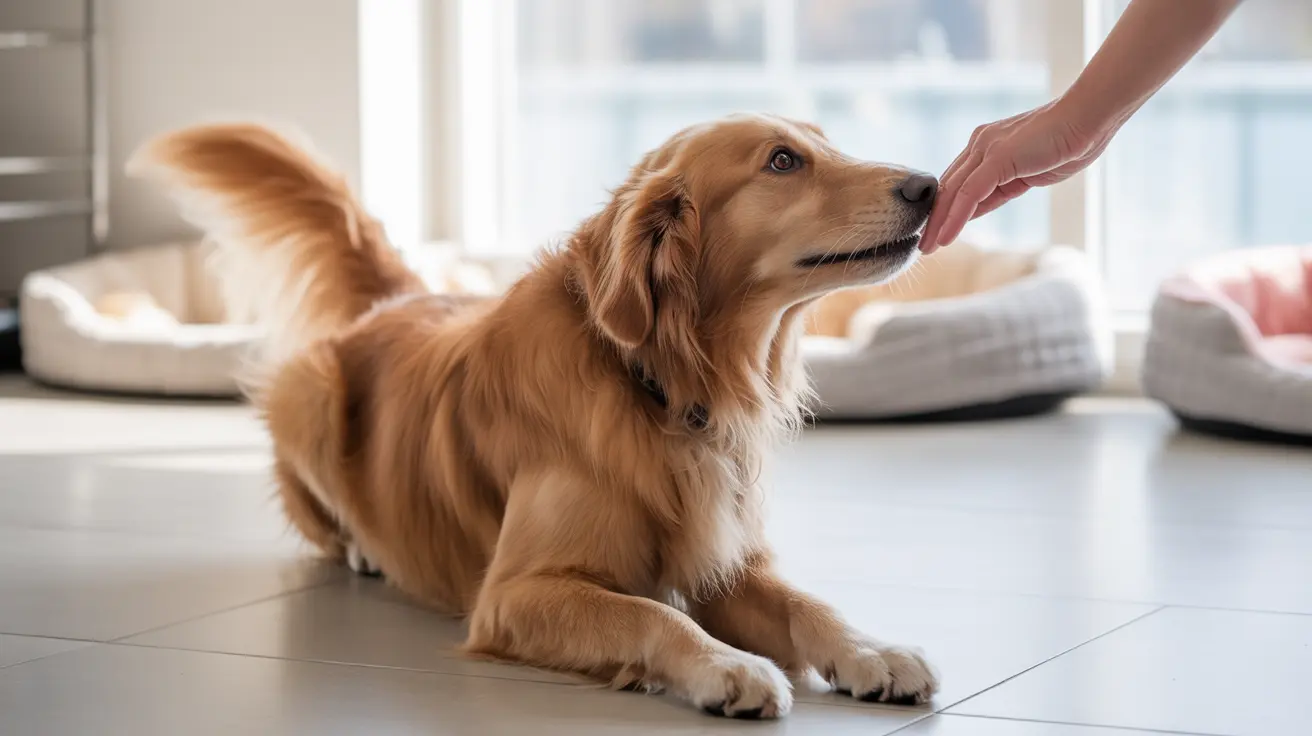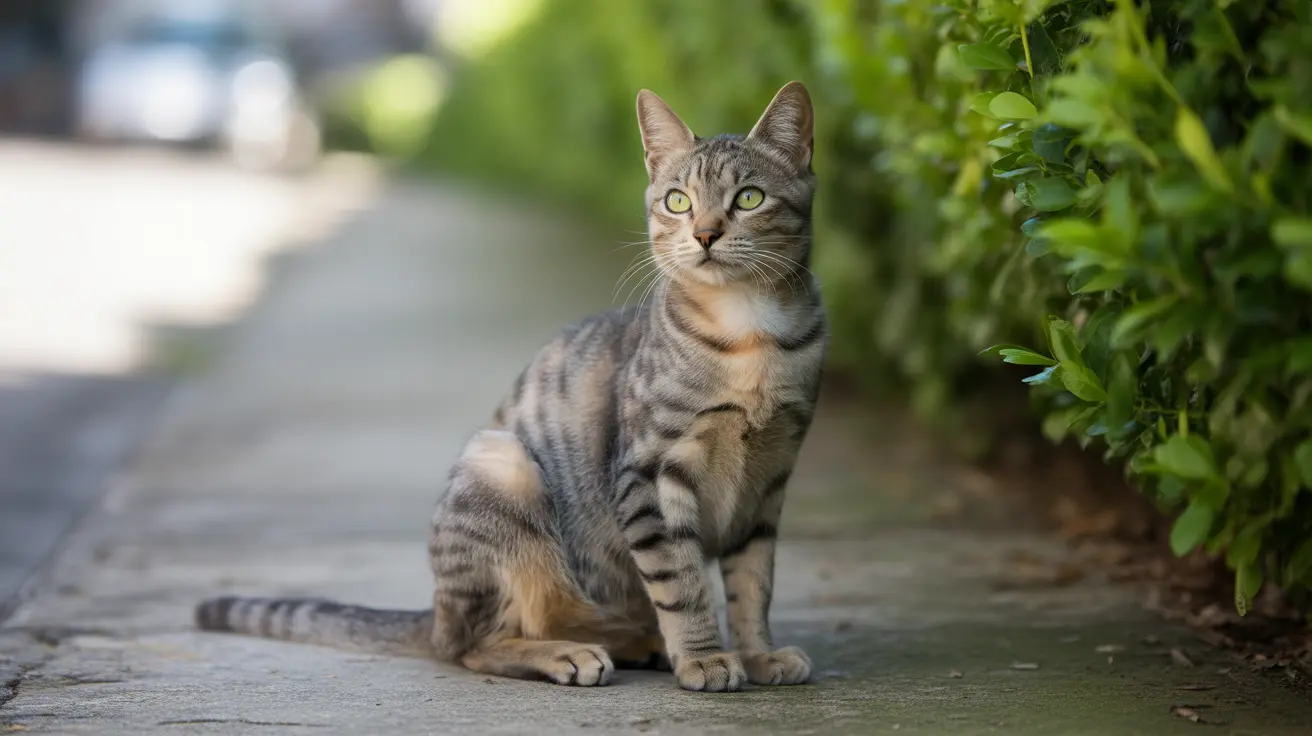Which Dog Breeds Pant More Often and Why?
Panting is a natural behavior in dogs used to regulate body temperature through evaporative cooling. While all dogs pant occasionally, some breeds are more prone to frequent panting due to their anatomical structure, energy levels, or size. Understanding this behavior helps pet owners ensure their dog’s comfort and health.
Key Reasons Dogs Pant More Frequently
Before identifying the breeds, it's important to understand why dogs pant:
- Temperature regulation: Dogs pant to dissipate heat since they don't sweat like humans.
- Exercise and excitement: High energy or physical activity increases panting.
- Stress or anxiety: Panting can be a response to emotional triggers.
- Health conditions: Respiratory issues, heart disease, or pain can cause excessive panting.
Brachycephalic Breeds That Pant More Often
Dogs with short snouts, known as brachycephalic breeds, have narrow nasal passages and compromised airways, making it harder to breathe and cool themselves effectively.
- Bulldogs: Their flat faces and compact airways lead to frequent panting even with minimal exertion.
- Pugs: Another brachycephalic breed with a tendency for loud, persistent panting due to respiratory challenges.
- Boston Terriers: Energetic yet flat-faced, they pant heavily during play or warm weather.
- Shih Tzus: Their short muzzles combined with dense coats make them prone to overheating.
Large and Active Breeds Prone to Frequent Panting
Size and activity levels contribute significantly to panting frequency. Larger dogs generate more body heat, while active breeds exert more energy and pant to cool down.
- Labrador Retrievers: High energy and love of play mean they pant often, especially after exercise.
- Golden Retrievers: Similar to Labs, they are active and social, which increases panting.
- German Shepherds: Their working dog nature and thick coats make them susceptible to overheating.
- Boxers: These muscular dogs are both active and brachycephalic, resulting in frequent panting.
Breeds With Thick or Double Coats
Dogs with double or dense coats can overheat quickly in warmer climates, causing them to pant more often.
- Siberian Huskies: Bred for cold weather, they struggle in heat and pant to regulate temperature.
- Alaskan Malamutes: Their heavy insulation suits icy environments, leading to excessive panting in warm areas.
- Saint Bernards: Large stature and thick coats make them vulnerable to heat, prompting frequent panting.
- Newfoundlands: These gentle giants were designed for cold aquatic environments and pant often in warmer weather.
Managing Excessive Panting
If your dog pants often, especially outside expected scenarios like exercise or heat, consider the following:
- Keep your dog cool: Ensure ample shade, ventilation, and hydration, especially in summertime.
- Limit strenuous activity: Avoid intense exercise during hot periods, especially for short-snouted or large breeds.
- Monitor for health issues: Sudden or heavy panting could indicate respiratory or cardiovascular problems and warrants a vet visit.
- Groom regularly: Especially for dogs with thick or double coats, proper grooming enhances airflow and cooling.
Conclusion
Certain dog breeds are more prone to frequent panting due to anatomical, physiological, or environmental factors. Understanding your dog’s breed-specific needs and behaviors helps you prevent overheating and detect signs of health issues early. Whether it's a playful Labrador or a loyal Bulldog, knowing why your dog pants can enhance their well-being and quality of life.





